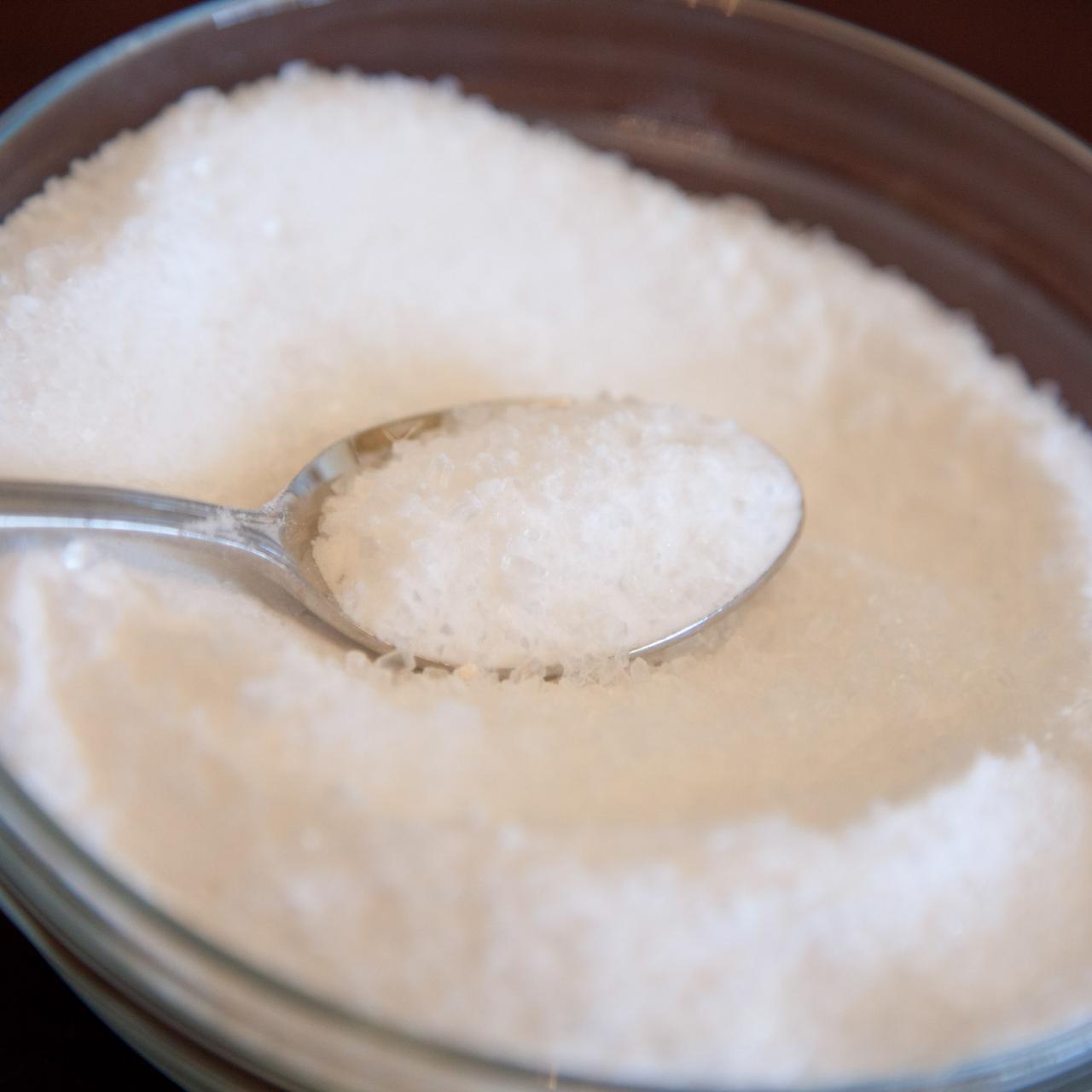Find Out About the Specific Plants That Are Adversely Impacted by Epsom Salt Application
Epsom salt, a popular household treatment for various gardening woes, is commonly commended for its useful effects on plant development. Not all plants react positively to its application. Understanding the specific plants that can be detrimentally impacted by Epsom salt is critical for any type of gardener looking to enhance their plant treatment regimen. Roses, tomatoes, rhododendrons, azaleas, and peppers are simply a couple of instances of plants that might not react well to Epsom salt. The factors behind these negative effects and exactly how to reduce them are important understanding for maintaining a flourishing garden.
Roses

Roses, especially sensitive to changes in their atmosphere, can be adversely affected by the application of Epsom salt. While Epsom salt is frequently used as a plant food to promote plant development and improve flowering, roses are among the plants that do not react well to its application. The high magnesium web content in Epsom salt can hinder the uptake of various other necessary nutrients by the rose plants, causing deficiencies that materialize as yellowing fallen leaves or stunted development.

Tomatoes
While Epsom salt is commonly proclaimed as a solution for various plant problems, consisting of blossom end rot in tomatoes, its application can lead to damaging results if not utilized sensibly. Excessive Epsom salt, which is magnesium sulfate, can interfere with the delicate nutrient equilibrium needed by tomatoes, potentially leading to shortages in various other crucial nutrients like calcium. When considering the use of Epsom salt on tomatoes, it is crucial to stick to suggested application rates and dirt testing to prevent unexpected effects on the overall wellness and efficiency of these beloved yard plants.
Peppers
Peppers, revered for their numerous colors and levels of spiciness, can demonstrate vulnerability to negative effects from Epsom salt when not applied with treatment and factor to consider for their certain dietary requirements. what plants don't like epsom salt. Peppers, belonging to the Solanaceae family members, need a fragile equilibrium of nutrients to grow. While Epsom salt is recognized to increase magnesium levels in plants, excessive application can interrupt this balance, causing negative results on pepper plants
When peppers are revealed to high degrees of magnesium from Epsom salt, it can disrupt the plant's capability to absorb other necessary nutrients like calcium and potassium. This imbalance might materialize in signs and symptoms such as fallen this link leave staining, stunted growth, and lowered fruit production. In addition, the excessive magnesium can change the soil pH, further intensifying nutrient uptake concerns for peppers.

Rhododendrons
Offered the sensitivity of particular plant varieties to discrepancies created by Epsom salt, it is vital to think about the influence on Rhododendrons, which likewise need specific nutrient levels go to website to prosper. Rhododendrons are acid-loving plants that prefer acidic dirt conditions with a pH array in between 4.5 and 6.0. Epsom salt, chemically referred to as magnesium sulfate, can modify the dirt pH and disrupt the delicate balance of nutrients essential for Rhododendron health and wellness.

To maintain the ideal growth and health of Rhododendrons, it is essential to prevent the indiscriminate use Epsom salt and instead concentrate on providing the certain acidic dirt conditions and nutrients that these plants require for growing.
Azaleas
Azaleas, recognized for their dynamic blooms and wide variety of shades, are decorative shrubs that come from the Rhododendron category. These popular flowering plants are commonly discovered in landscapes, yards, and parks due to their charm and adaptability. Azaleas are sensitive to adjustments in dirt pH levels, which can considerably affect their growth and overall health and wellness. While Epsom salt is typically made use of as a treatment for magnesium shortage in plants, its application to azaleas can have adverse effects.
Azaleas choose slightly acidic soil problems, and an extra of magnesium from Epsom salt can disrupt this balance, leading to nutrient discrepancies and potential poisoning issues. The wrong application of Epsom salt can result in stunted growth, yellowing of fallen leaves, and total decrease in the health of azaleas.
Verdict
In verdict, it is essential to be conscious of the certain plants that Clicking Here can be adversely influenced by the application of Epsom salt. Roses, tomatoes, rhododendrons, azaleas, and peppers are some instances of plants that might not benefit from Epsom salt and might even experience damage. It is critical to research study and recognize the requirements of each plant varieties before making use of Epsom salt as a plant food to guarantee their health and wellness and well-being.
Recognizing the particular plants that can be negatively affected by Epsom salt is essential for any garden enthusiast looking to optimize their plant care routine. While Epsom salt is frequently used as a fertilizer to promote plant growth and improve blooming, roses are one of the plants that do not respond well to its application.Too much use of Epsom salt can additionally result in a build-up of salts in the soil, leading to root damage and dehydration of the rose plants. While Epsom salt is understood to improve magnesium degrees in plants, too much application can interrupt this stability, leading to negative impacts on pepper plants.
The high salt material in Epsom salt can also dry out Rhododendron roots, triggering additional tension and damages to the plant. (what plants don't like epsom salt)